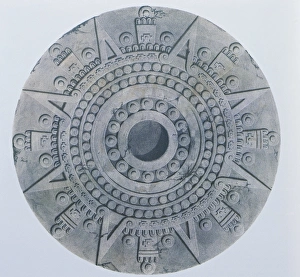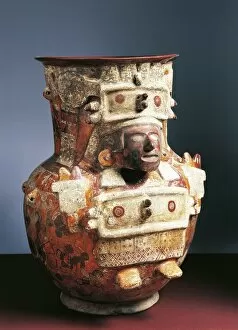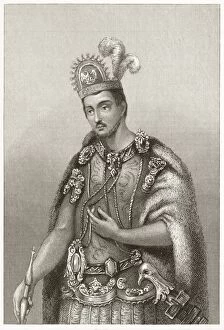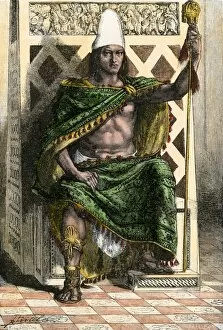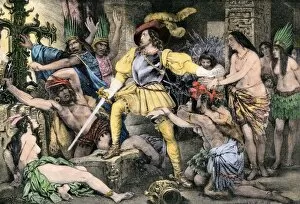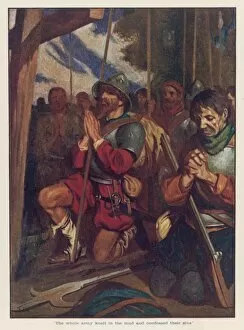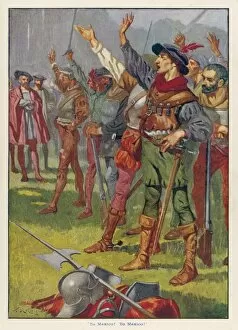Tenochtitlan Collection (page 4)
"Tenochtitlan: A Glorious Aztec Capital Rich in History and Culture" Step back in time to the majestic city of Tenochtitlan
All Professionally Made to Order for Quick Shipping
"Tenochtitlan: A Glorious Aztec Capital Rich in History and Culture" Step back in time to the majestic city of Tenochtitlan, once the thriving capital of the mighty Aztec empire. This captivating map by Alonso de Santa Cruz from 1560 offers a glimpse into the layout and grandeur of this ancient metropolis. In this colored woodcut from 1556, we witness Tenochtitlan at the time of Spanish conquest. The image portrays a bustling cityscape with intricate architecture and canals that crisscrossed through its heart, showcasing its advanced urban planning. The bravery and valor of Aztec warriors during their battles are depicted vividly in images like "Aztecs Warriors 1521. " These fierce fighters defended their beloved city against foreign invaders with unwavering determination. As we explore further, we encounter customs deeply rooted in sacrifice and human rituals. The hand-colored woodcut reveals glimpses into these sacred practices that played an integral role in shaping religious beliefs within Tenochtitlan's society. Reconstructed Templo Mayor complex stands as a testament to the architectural prowess of this great civilization. Its towering structures were dedicated to various gods worshipped by the Aztecs, reflecting their spiritual devotion. Diego Rivera's mural transports us to market day within Tenochtitlan's vibrant streetscape. The Great Temple looms majestically in the background as locals engage in lively trade and commerce – a testament to their economic prosperity. This detailed map from 1660 showcases not only Tenochtitlan but also provides insight into how it was situated within the broader context of America during that era. It highlights both its significance on a local scale while acknowledging its place among other influential civilizations across continents. Lastly, figures like Moctezuma II, Hernan Cortes, Pedro de Alvarado, Gonzalo de play significant roles when discussing Tenochtitlan's history.




